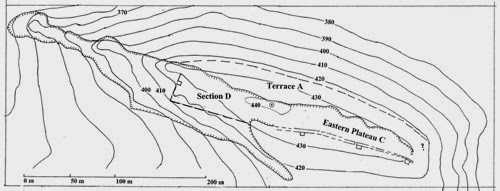Zoran
Μακεδоν τ
the magnificient country that surprises , zoran du hast doch einen knall malaka:geil: surprising diebstahl of andernleuts culture und history du komplex
Beschwer dich hier:
Macedonia: The Magnificent Country that Surprises
Pozdrav








